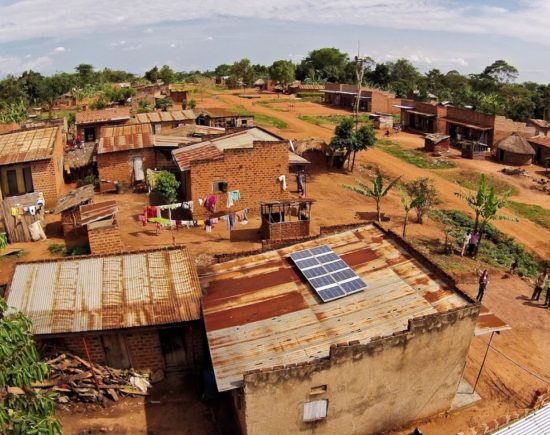Summary:
Recent technological innovations have enabled new forms of collateralized lending that overcome difficulties for both financial services providers and consumers in many low- and middle-income countries. In particular, pay-as-you-go financing (PAYGO) has emerged as a way to incrementally finance the purchase of smartphones and solar home systems in emerging markets. PAYGO financing contracts rely on digital payments and an embedded “lockout technology” that allows the lender to remotely, cheaply, and temporarily disable services if the consumer defaults on a payment, without the need for physical repossession (i.e. digital collateralized lending). In partnership with the largest solar-home system provider in Uganda, Fenix International, the research team evaluated the impacts of using the lockout technology to collateralize Fenix’s most popular follow-up product, a school fee loan offered to customers around the beginning of each school term. The experiment randomly assigned households taking a school fee loan into four groups: (i) those offered a loan secured with digital collateral, (ii) those offered an unsecured loan, (iii) those offered a secured loan, but if the customer accepted the loan, he or she was “surprised” and received an unsecured loan, and (iv) a comparison group. The research team studied both the effect of this PAYGO lockout technology on loan take-up, repayment, and default rates, and also the impacts of the school fee loans on educational outcomes, household financial behaviors, and well-being. Customer interest and take-up rates were high– of the 2,200 customers who were offered a loan after expressing interest, 47 percent took up the offer and received a loan. The research team found that securing a loan with digital collateral drastically reduced default rates, by 19 percentage points, and increased the lender’s rate of return, by 38 percentage points. Access to a school-fee loan also significantly increased school enrollment and school-related expenditures without detrimental effects to households’ balance sheet. See the NBER working paper for the results of this study.




